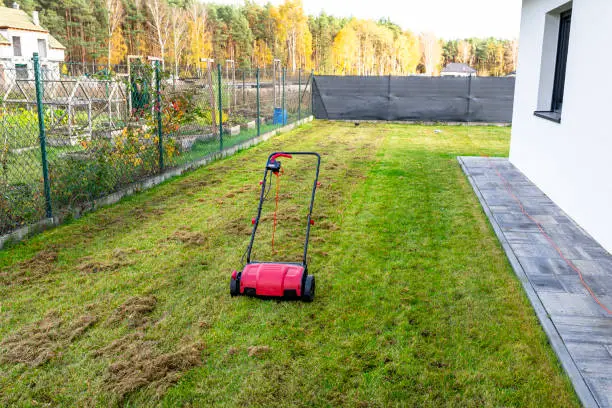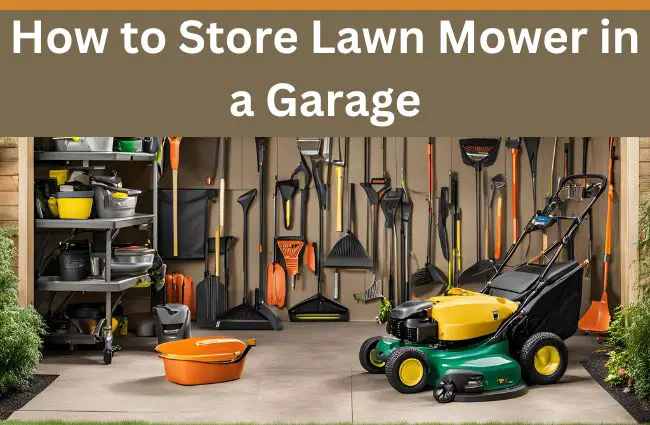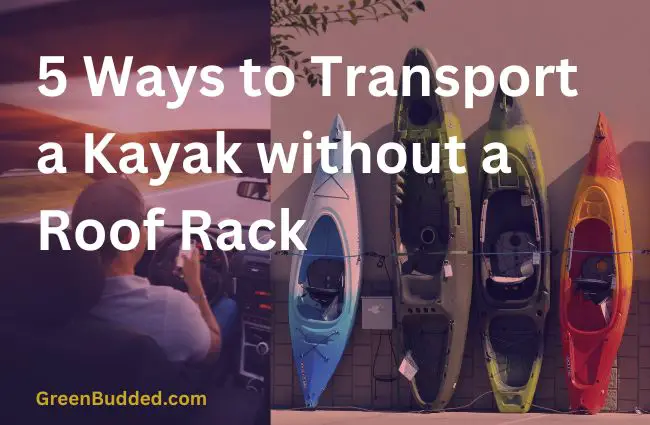Helpful Guides on each Category
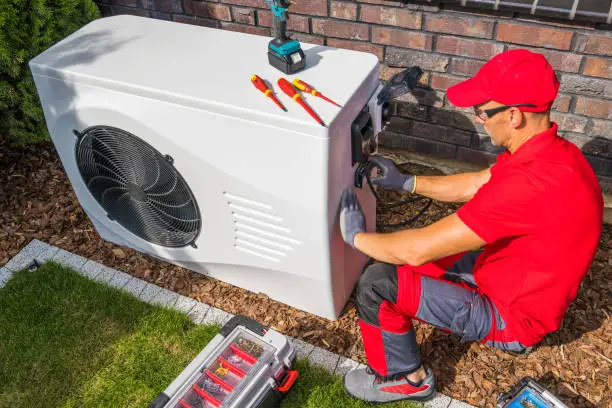
If you’re experiencing a heater blowing cold air, then I wrote this for you after successfully finding DIY solutions. This happens for several reasons – a small glitch or a bigger mechanical issue, but fixing this early saves you from higher energy bills, uncomfortable nights, and expensive repairs down the road.
So, why is your heater blowing cold air? In many cases, it’s either an incorrect thermostat setting, a dirty filter, or a little ignition issue. But sometimes it signals a deeper problem, like a failing blower motor, clogged ducts, or even fuel supply disruptions. Many homeowners often wonder, “Why is cold air blowing when the heat is on?” or “Should you turn the heat off if it’s blowing cold air?”
So in this guide, we’ll cover the most common causes of a heater blowing cold air and more importantly, show you simple, actionable ways to fix it before calling in the professionals.
Why is My Heater Blowing Cold Air? (Main Causes)
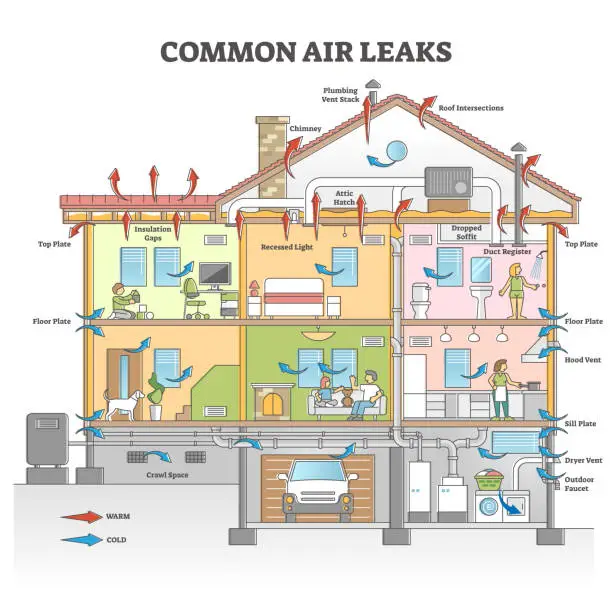
If you find yourself asking, “Why Is Cold Air Blowing When the Heat Is On?” these are the most common reasons your heater isn’t doing its job.
1. Thermostat Issues
Believe it or not, the thermostat is often the first place to check if you’re experiencing a heater blowing cold air. A simple setting mistake can lead to a chilly house, even when you expect warmth.
- Incorrect settings: Sometimes the thermostat might accidentally be set to “cool” instead of “heat,” or the fan might be switched to “on” instead of “auto.” When the fan is set to “on,” it runs continuously even when the furnace isn’t producing warm air.
- Low thermostat battery: A weak or dying battery can cause the thermostat to behave unpredictably, sending the wrong signals to your heating system.
- Calibration problems: Over time, thermostats can lose their calibration, meaning they don’t correctly read the indoor temperature. A poorly calibrated thermostat might think your home is warmer than it is and fail to trigger the heating cycle properly.
2. Furnace Overheating
Another common reason for a heater blowing cold air is furnace overheating. When the internal temperature of the furnace gets too high, the system automatically shuts off the burners to protect itself, but the blower fan often keeps running, pushing cold air through your vents.
- Clogged air filters: The number one culprit behind overheating is a dirty air filter. A clogged filter restricts airflow, causing the furnace to overheat because it can’t expel hot air fast enough. This not only leads to cold air blowing but can also significantly shorten the lifespan of your furnace.
- Safety shutdown: Modern furnaces are equipped with safety features that trigger a shutdown if they sense overheating. While the burners turn off, the blower motor keeps working, which can explain why you feel cold air coming from the vents.
3. Pilot Light or Ignition Problems
If your furnace is older, a blown-out pilot light might be the reason your heater is blowing cold air. The pilot light is a small flame that ignites the burners, if it goes out, the burners won’t produce heat, leaving only cool air moving through your home.
In modern furnaces, electronic ignition systems have replaced traditional pilot lights. These systems can fail due to worn-out components, electrical issues, or sensor problems. When the ignition system doesn’t work properly, your furnace won’t generate heat, even if everything else seems to be running.
If you have an older system, follow the manufacturer’s instructions carefully to relight the pilot yourself. For newer systems with electronic ignition, it’s best to call a professional if you suspect a malfunction.
4. Fuel Supply Problems
Another reason you might notice your heater blowing cold air is a problem with the fuel supply. If your furnace isn’t getting enough fuel, it simply can’t create the heat you need.
- Gas supply disruptions: If the gas valve is accidentally closed, damaged, or malfunctioning, your furnace won’t have the fuel needed to produce warm air. This can happen after service work, or sometimes due to safety shut-offs during storms or outages.
- Empty propane tank: Homes that rely on propane need to monitor tank levels closely. An empty or critically low tank will leave your furnace blowing nothing but cold air.
5. Dirty or Clogged Filters
A dirty air filter can cause far more problems than you might expect. In fact, it’s one of the leading reasons behind poor furnace performance.
When filters become clogged, they restrict airflow, causing the furnace to overheat and shut down its burners for safety. As a result, the blower will continue to run, but only cold air will come through the vents. Not only does this reduce heating efficiency, but it also worsens your home’s air quality, circulating dust and allergens.
6. Ductwork Problems
Sometimes the issue isn’t with your furnace at all – it’s with the ductwork. If you have leaks, cracks, or poorly insulated sections of ducting, a significant amount of the warm air your furnace produces can escape before it ever reaches your vents.
- Leaks and cracks: Over time, ducts can develop gaps or separations, especially in older homes or areas with shifting foundations. When this happens, heated air leaks out into unheated spaces like attics, crawl spaces, or walls.
- Poor insulation: In colder climates, poorly insulated ducts can cause warm air to cool significantly as it travels through unconditioned spaces, making it feel like your heater is blowing cold air even though the furnace is working properly.
Quick Tip: If you suspect ductwork problems, look for signs like uneven heating between rooms, unusually high energy bills, or visible damage in accessible duct areas.
7. Electrical or Sensor Failures
Modern heating systems rely on a series of sensors and electrical components to operate safely and efficiently. When something goes wrong, it can result in your heater blowing cold air unexpectedly.
- Broken limit switches: The limit switch is a critical safety device that tells your furnace when to turn the blower on and off. If it malfunctions, the blower might continue running after the burners have shut down pushing unheated air through the vents.
- Sensor issues: Temperature sensors or flame sensors can get dirty, damaged, or misaligned over time. If sensors misread the conditions inside your furnace, they will cause the system to behave unpredictably such as blowing cold air even when heat is needed.
Special Situations: Different Heater Systems Blowing Cold Air
Sometimes the reason for a heater blowing cold air depends on the type of heating system you have. Different systems behave differently, and what seems like a problem might actually be normal operation or a sign of a specific malfunction.
Let’s look at two special cases: heat pumps and fan heaters.
1. Why Is My Heat Pump Blowing Cold Air?
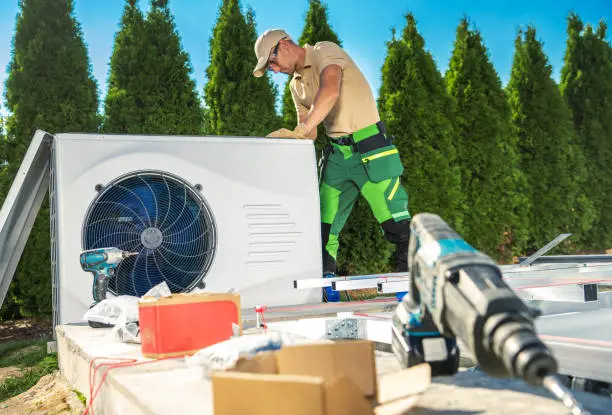
- Feels cooler, even when heating: Heat pumps work by transferring heat rather than creating it. In very cold weather, the air coming from a heat pump can feel lukewarm or even slightly cool compared to a traditional furnace, even though it’s still warming your home overall.
- Defrost mode: In freezing temperatures, heat pumps occasionally enter defrost mode to remove ice buildup on the outdoor unit. During defrost mode, the system temporarily blows cold air inside to reverse the refrigeration cycle — this usually lasts only a few minutes.
- Malfunctions such as refrigerant leaks: If your heat pump is consistently blowing cold air and doesn’t return to heating properly, you could be dealing with a low refrigerant level, a compressor issue, or a faulty reversing valve. These are mechanical problems that require professional repair.
If the cold air only happens briefly, it’s likely normal defrost mode. But if it persists, it’s time to have the system inspected by an HVAC professional.
2. Why Is My Fan Heater Blowing Cold Air?
Fan heaters are smaller and more portable, but they have their own set of potential problems.
- Broken internal heating element: If the heating coil or element inside the fan heater burns out or becomes damaged, the fan will still run, but it won’t produce any heat — only cold air.
- Blown fuse or internal thermostat failure: Some fan heaters have built-in thermostats or safety fuses. If these components fail, the heater might shut off its heating function for safety reasons while the fan continues to operate.
- Dirty internal filters: Some larger fan heaters have internal filters. If these become clogged, it can cause the unit to overheat and shut off the heating element while keeping the fan running to cool itself down.
Always unplug the fan heater and let it cool before inspecting it. Check the manual for reset procedures or fuse locations. If the problem persists, replacement is often more cost-effective than repair.
How Do You Fix a Heater That Blows Out Cold Air? Step-by-Step Guide.
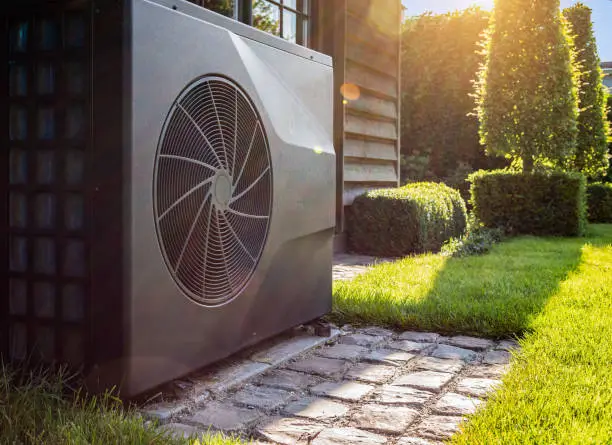
These are DIY Solutions to answer your “how do I Fix My Heater Not Blowing Hot Air?
Step 1: Double-Check Thermostat Settings and Batteries
Start with the easiest and most common fix – your thermostat.
- Make sure your thermostat is set to “heat” and not “cool” or just “fan.”
- Check if the fan setting is on “auto” instead of “on.” (When set to “on,” the fan blows continuously, even when the furnace isn’t heating.)
- Replace the thermostat batteries if you haven’t done so recently. Weak batteries can cause incorrect readings or signal problems.
If your thermostat is programmable, double-check the scheduled settings to ensure it’s not overriding your commands during certain times of the day.
Step 2: Replace Clogged Air Filters
Like I said, one of the leading causes of a heater blowing cold air is a dirty or clogged air filter. When airflow is restricted, your furnace can overheat and shut off the burners while the fan keeps running.
- Locate your furnace’s air filter (usually near the return air duct or inside the blower compartment).
- If the filter looks dirty, replace it immediately. Use the correct size and MERV rating recommended by your system’s manufacturer.
- As a general rule I recommend, replace filters every 1–3 months, depending on usage and indoor air quality.
Step 3: Inspect Furnace/Pilot Light (Re-Light if Safe to Do So)
If you have an older gas furnace, a blown-out pilot light could be why you’re only feeling cold air.
- Check if the pilot light is lit. If it’s out, follow the manufacturer’s instructions carefully to relight it.
- For modern furnaces with electronic ignition systems, inspect for blinking error codes on the furnace panel, these codes can give clues about ignition or sensor problems.
If you smell gas or feel unsure about lighting the pilot, turn off the gas supply immediately and call a licensed HVAC professional. Never risk a gas-related accident.
Step 4: Reset the System (Power Off/On)
Sometimes, simply resetting your heating system can clear minor errors or glitches.
- Turn off the furnace using the power switch (usually located near the unit or at the circuit breaker).
- Wait at least 30 seconds to allow the system to fully shut down.
- Turn the power back on and set your thermostat to “heat” with a temperature higher than the current room temperature.
If your heater resumes blowing warm air after a reset, the issue may have been a minor software fault or temporary sensor misreading.
Only perform a manual reset once. If the problem persists, further troubleshooting or professional inspection is needed.
Step 5: Check for Visible Duct Damage or Disconnected Ducts
If your furnace seems to be running but only cold air reaches the rooms, you might have a ductwork issue.
- Visually inspect accessible ducts (like those in basements, crawlspaces, or attics).
- Look for disconnected sections, visible holes, crushed areas, or loose connections.
- Feel for air leaks when the system is running — escaping warm air can make nearby ducts feel unusually warm while rooms stay cold.
Minor duct gaps can sometimes be temporarily sealed with foil HVAC tape, but professional duct sealing is recommended for a long-term fix.
Step 6: Observe the Blower Behavior
How your blower fan behaves can tell you a lot about what’s wrong with your heating system.
- If the blower runs continuously even when the burners aren’t firing, it could point to a faulty limit switch or sensor problem.
- In a healthy system, the blower should cycle on shortly after the burners ignite and shut off shortly after they extinguish.
- A malfunctioning limit switch may cause the fan to blow cool air nonstop as a safety measure to prevent overheating.
Should You Turn the Heat Off If It’s Blowing Cold Air?
When to Keep It Running
In certain situations, it’s normal for your system to temporarily blow cold air, and there’s no need to panic or shut it off:
- Defrost cycle on a heat pump: During freezing weather, heat pumps sometimes enter defrost mode to melt ice from the outdoor coils. During this cycle, your indoor unit may briefly blow cool air for a few minutes. This is expected and should resolve quickly on its own.
- Thermostat setting issues: If you just realized the thermostat was set to “fan” or “cool” accidentally, correcting the setting usually brings warm air back without needing to turn off the system completely.
When to Turn It Off Immediately
However, there are critical signs that mean you should turn off your heater right away:
- Overheating concerns: If you suspect your furnace is overheating (strange smells, unusual noises, very hot surfaces), continuing to run it could cause major internal damage.
- Gas smells: If you smell natural gas or notice a strong, rotten egg odor near your furnace, turn it off immediately, evacuate the area, and call your gas company or emergency services.
- Major mechanical failure: If the system is making loud banging noises, won’t ignite properly, or blows continuous cold air after a reset, leaving it running could worsen the damage or increase repair costs.
When to Call a Professional HVAC Technician
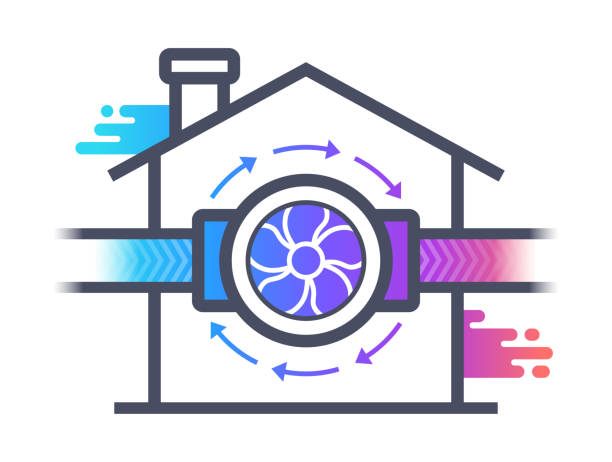
While many heater blowing cold air issues can be solved with DIY troubleshooting, there are times when it’s best to reach out to a professional HVAC technician. Certain problems require specialized knowledge and tools, or they may pose safety risks. Here are the situations when you should definitely reach out to an expert;
1. If the Pilot Light Won’t Stay Lit
If you have an older furnace with a pilot light, and it refuses to stay lit even after you’ve followed the manufacturer’s re-lighting instructions, it’s time to call in a professional. The issue could be with the thermocouple (the part that controls the gas flow to the pilot light), which often requires expert repair or replacement.
If the pilot light keeps going out, it could also indicate a gas flow problem, which needs immediate attention.
2. If There Are Gas Supply Issues or Suspected Leaks
Gas-related problems are no joke — gas supply disruptions or suspected gas leaks are serious safety hazards. If you smell gas around your furnace or suspect a gas line issue, turn off the furnace immediately and evacuate the area. Call a licensed HVAC technician or your gas company to investigate the problem.
3. If the Furnace Is Making Banging, Whining, or Clunking Noises
Unusual banging, whining, or clunking noises coming from your furnace are signs of a more serious problem. These could indicate:
- Loose or broken components
- Airflow issues
- Dirty burners
While some noise can be normal, persistent or loud sounds are a sign that your furnace may need repair to avoid further damage.
4. If Blower or Limit Switches Fail
If your blower fan continues to run after the burners shut off, or if it doesn’t turn on when needed, this could indicate a faulty limit switch or blower motor. These components are essential for safe and efficient operation, and fixing or replacing them requires specialized knowledge.
5. If Heat Pumps Fail to Defrost or Refrigerant Leaks Are Suspected
Heat pumps are more complex than traditional furnaces, and they often require professional expertise when things go wrong. If your heat pump fails to enter defrost mode or you suspect a refrigerant leak, it’s important to call a technician. Refrigerant leaks can reduce heating efficiency and even damage the compressor, which is costly to replace.
Don’t try to fix refrigerant issues yourself, it needs proper tools and certification.
While DIY fixes can be effective for minor problems, delaying professional repairs for more serious issues lead to more expensive fixes and even safety risks. If you’re unsure about the source of the cold air or if your troubleshooting efforts don’t resolve the problem, just call a professional.
Still feeling the chill? Contact us today to schedule a full system diagnostic!

